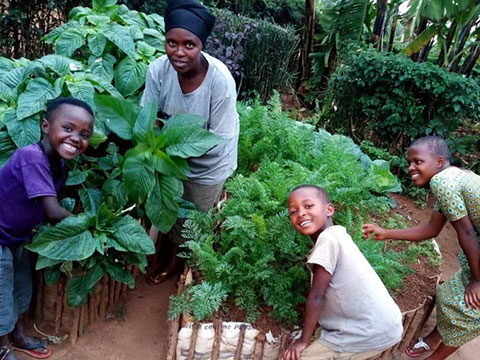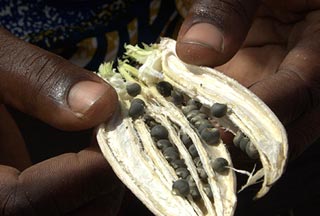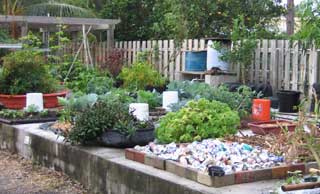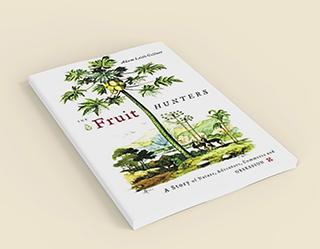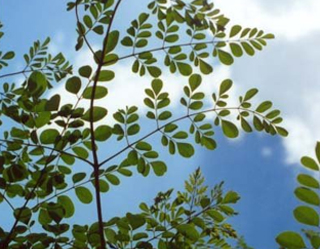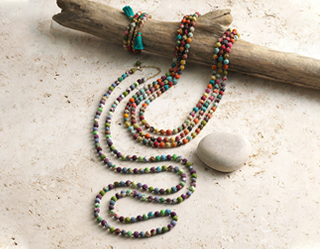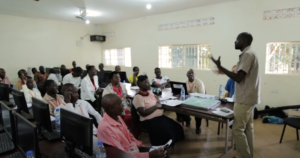The ECHO Asia Impact Center has teamed up with the Horticulture Innovation Lab at University of California, Davis (UC Davis) to build and compare two solar dryers.
Fruits and vegetables have the potential to be profitable commodities for small-scale farmers, but have high risk. These crops are often harvested in high volume over a short period of time, when quality is high but prices are low. Rates of loss and waste in fresh produce can be quite high, especially in developing countries. Solar drying of fresh fruits and vegetables is a processing technique that preserves and extends food supplies, creates value from crop surpluses, empowers smallholder farmers with income and creates rural employment.
The Horticulture Innovation Lab at UC Davis was born out of the Horticulture Collaborative Research Support Program, or HortCRSP, a five-year program that has funded projects aimed at improving the livelihoods of impoverished smallholder farmers. Innovative new technologies, like low-cost solar dryers capable of raising the temperature above 100ºF, are a key part of this. The ECHO Asia Seedbank is one of seven sites around the world that have been chosen to build and run trials between two dryers. One is a traditional model designed by the United Nation’s Food and Agriculture Organization (FAO) in the 1980s, and the other a new UC Davis design.
The traditional FAO model is an indirect solar dryer, which means that the product won’t be dried by direct exposure to sunlight, but rather by air that is heated and drawn over it by convection. The new UC Davis design, by contrast, is both an indirect and direct solar dryer: hot air is drawn across the six-meter length of table and up the three-meter tall chimney, drying the product indirectly, but the trays lining the table are also exposed to direct sunlight.
The team assembled at the ECHO Asia Impact Center in Chiang Mai was composed of staff, several volunteers, a visiting expert from Kasetsart University in Bangkok, and Principal Investigator Lizanne Wheeler. They spent two days sourcing all materials required locally: wood (New Zealand pine); plastic (both clear and black; expensive); corrugated metal (the solar absorber); food-grade plastic netting (for trays); a piano hinge; and a staple gun. The chimney for the FAO model was brought from Bangkok.
After pre-fabricating as many parts as possible in Chiang Mai all the materials were transported to the ECHO Asia Seedbank outside Fang for assembly.
The result is two large drying apparatuses where before there was only hog manure and compost. Between the two they set up a weather station that will monitor wind velocity, wind gusts, hours of daylight, relative humidity, and ambient temperature. Preparations for trials on 140 kgs of tomatoes and 15 kgs of chillies have now begun, and these will be repeated in the cold and hot seasons when weather conditions are even more suitable for cooking.
